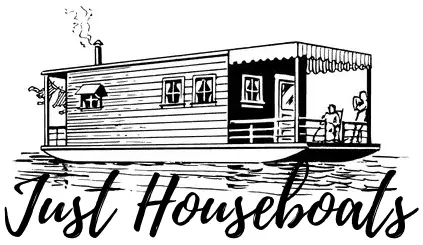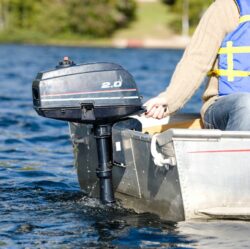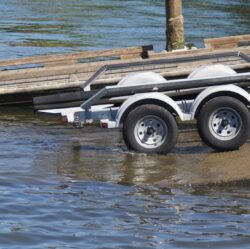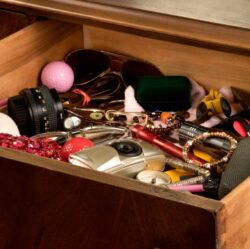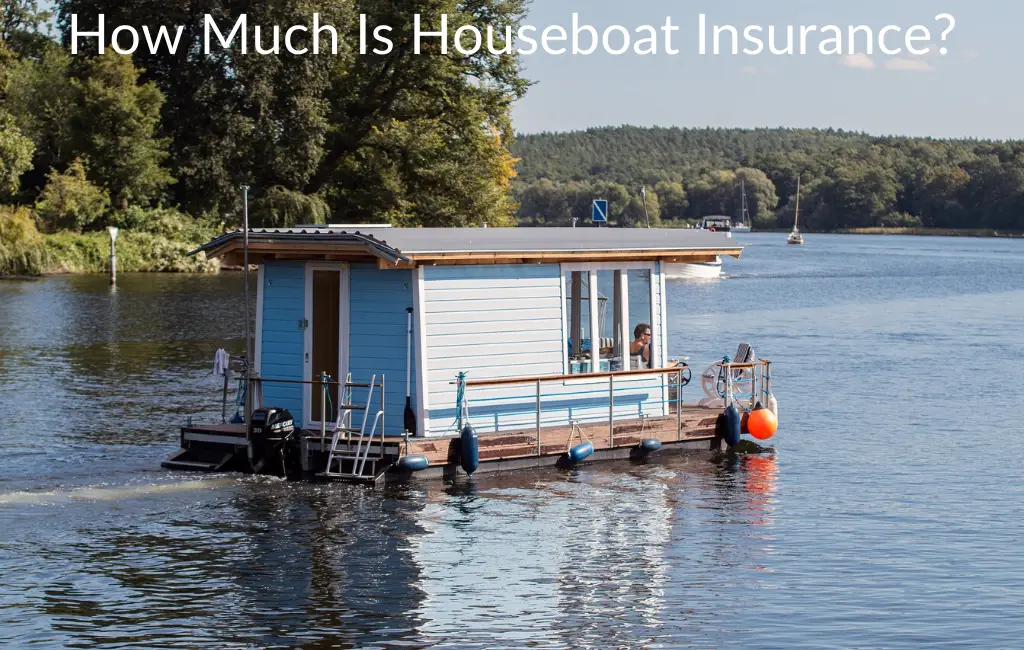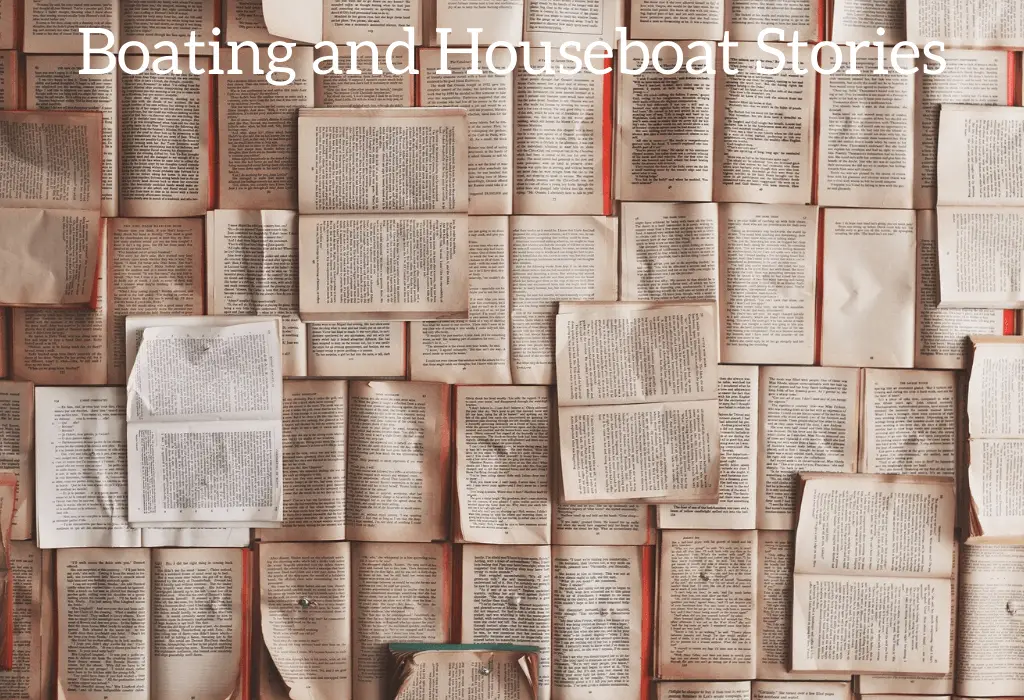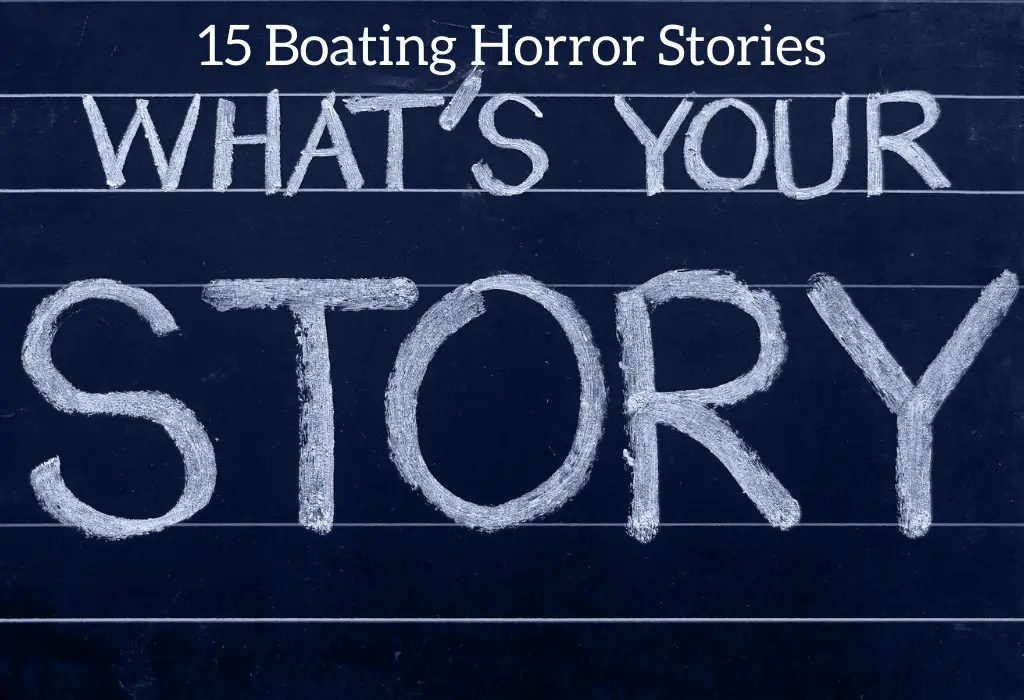Well, hello there, intrepid mariner! Welcome aboard our whimsical yet remarkably educational voyage into the world of Bass Tracker trailer ball sizes. Hang onto your life jackets, folks, because we’re about to dive deep into the ocean of boating knowledge!
*This post may contain affiliate links. As an Amazon Associate we earn from qualifying purchases.
You might be thinking, “Trailer ball sizes? Really?
But understanding your trailer ball size is as crucial as knowing the difference between port and starboard. It’s the linchpin, quite literally, that keeps your beloved boat latched securely to your vehicle.
Hitching Up: Trailer Ball Sizes and Their Importance
Picture this: You’re about to embark on your annual fishing expedition. Your cooler is packed, your fishing gear is prepped, and you can already taste the fresh-caught bass on your tongue. But as you hook up your Bass Tracker to your vehicle, you realize something’s off. The trailer ball on your vehicle seems too small for your boat’s hitch. Oops!
The trailer ball size is what stands between you and a lake full of fish—or between you and a boat that’s decided to part ways with your vehicle on the highway. Trust me, you don’t want to see your beloved Bass Tracker making its solo debut on Interstate 75. It’s not as fun as it sounds.
Different trailer ball sizes cater to different weights and sizes of trailers. You’ve got your 1-7/8″, your 2″, and your 2-5/16″. It’s like the three bears of boat towing—some are too small, some are too big, and some are just right. Your mission, should you choose to accept it, is to find which one is just right for your Bass Tracker.
Sizing It Up: Standard Sizes for Bass Tracker Trailer Balls
There’s a fine line between a boat trailer that stays put and one that goes rogue—and that line is usually about 1/16 of an inch. It might not seem like much, but when it comes to trailer ball sizes, every fraction counts.
Here’s a handy-dandy table of the standard sizes and the corresponding weight capacity for each:
| Trailer Ball Size | Weight Capacity |
|---|---|
| 1-7/8″ | 2,000-3,500 lbs |
| 2″ | 3,500-12,000 lbs |
| 2-5/16″ | 6,000-30,000 lbs |
Now, if your Bass Tracker weighs more than 30,000 lbs, you’re probably not towing a boat—you’re towing a small island. In that case, I salute you, Captain Nemo!
Regular Bass Tracker boat trailers will need a 2″ ball size. That is the standard size for virtually all boat trailers. However, if you have a second-hand boat trailer for your Bass Tracker boat then you will want to double-check and make sure it doesn’t use the small ball size.
A trailer ball that’s too small can lead to a loose connection with the hitch, while one that’s too large just won’t fit. And we all know that trying to fit a square peg into a round hole is about as productive as a screen door on a submarine.
The Goldilocks Principle: Finding the Perfect Trailer Ball Size
Finding the perfect trailer ball size is a bit like finding the perfect fishing spot. It requires patience, precision, and a keen eye for detail. But when you find it, oh boy, it’s as satisfying as reeling in the big one.
To find the perfect trailer ball size for your Bass Tracker, you’ll need to check the size stamped on your trailer’s coupler. If it’s not there, check your boat’s manual.
If all else fails, measure the inside diameter of the hole on the coupler. Remember, you want a snug fit—no room for jiggling or wiggling.
The right trailer ball size will have your boat hitched securely, leaving you free to focus on more important things, like whether Mia, Jonathan, and Clara have remembered to pack their favorite fishing rods!
The Dangers of a Bad Fit: What Happens When Your Trailer Ball Size is Wrong
Now, let me tell you a tale. A cautionary tale, one might say. It was the summer of ’22, and I was planning a solo trip to hit the trails.
The sun was shining, the birds were chirping, and I was eager to get going. Little did I know, my trailer ball was about to betray me.
You see, my utility trailer was hitched to a 2″ trailer ball, but the trailer itself required a 2-5/16″ ball. I was driving down the road when suddenly, I saw my trailer in my rear-view mirror, moving off to the side away from my vehicle like a disobedient dog off its leash.
The moral of the story? A wrong trailer ball size can turn a peaceful trip into a scene straight out of a comedy movie (or horror movie). So, learn from my experience, folks.
Ensure your trailer ball size is correct, or you might find yourself chasing your trailer down the highway instead of cruising down the lake.
From Chaos to Calm: Correcting Trailer Ball Size Errors
Now, if you find yourself in a similar boat (pun intended) as I was, don’t panic! Correcting trailer ball size errors is as easy as pie, and much less messy. Here’s a step-by-step guide to get you back on track:
- Identify the correct size: Look for the size stamped on your trailer’s coupler or in your boat’s manual.
- Buy the right trailer ball: Head to your nearest boating supply store or order online.
- Replace the old trailer ball: Unbolt the old one and bolt on the new one. Ensure it’s tightened securely.
- Double-check the fit: Hitch your trailer and make sure it fits snugly and securely.
Remember, folks, safety first! It’s always better to spend a little time correcting your trailer ball size than to spend a lot of time chasing your boat down the highway.
Teaching About Trailer Ball Sizes
Now, let’s talk about the little ones. Teaching kids (or beginners) about trailer ball sizes may not sound as exciting as teaching them to reel in their first fish, but it’s an essential part of their boating education.
Here’s how I introduced my three kids Mia, Jonathan, and Clara to the concept:
- Making it fun: We turned it into a game, with each child guessing the size of different trailer balls. The winner got to choose the first fishing spot!
- Involving them in the process: They helped me measure the coupler and replace the trailer ball. Hands-on learning is the best learning!
- Explaining the importance: I shared my highway-boat-chase story, which they found hilarious, and it helped them understand why the right trailer ball size is so important.
Involving your children in the nitty-gritty of boating not only teaches them valuable skills but also fosters a deeper appreciation for the sport. Plus, it gives you more family bonding time, and that’s a catch you don’t want to release!
On the Water: How Proper Trailer Ball Size Enhances Your Boating Experience
Having the correct trailer ball size is like having the perfect fishing lure—it significantly enhances your boating experience. Here’s why:
- Peace of mind: With the right trailer ball size, you don’t have to worry about your boat making a break for it. You can focus on enjoying your time on the water.
- Safety: A secure connection means safer towing, both for you and for other motorists on the road.
- Smooth sailing: The right trailer ball size ensures a smooth ride for your boat, reducing the risk of damage during transit.
Remember the time we took the Bass Tracker to Lake Erie, and the ride was so smooth, Clara thought the boat was “floating on clouds”? That’s the magic of the right trailer ball size, folks!
A Fisherman’s Tale: Bass Tracker Trailer Ball Size in Fishing Expeditions
Now, let’s get to the heart of the matter—fishing. As a passionate fisherman, I can’t emphasize enough how a correct trailer ball size can make or break your fishing expedition. Here’s how it played out on one of my trips:
Once upon a time, I planned a fishing trip to the mighty Mississippi. I was after the elusive catfish, and my Bass Tracker was loaded with all the necessary gear. With my trailer hitched securely (thanks to the correct trailer ball size!), I set off with a song in my heart and a cooler full of sandwiches.
The journey was smooth, and the boat arrived at the river in pristine condition. The trip was a success—I caught a whopper of a catfish, and the kids still talk about “the one that didn’t get away.”
And to think, all this was possible because of the humble trailer ball.
Navigating the seas of trailer ball sizes can seem daunting, but once you get the hang of it, it’s smooth sailing. Remember these key points:
- The right size matters: Check your trailer’s coupler or your boat’s manual for the correct size.
- Safety is paramount: The correct trailer ball size ensures a secure hitch and safe towing.
- Involve the family: Turn it into a learning experience for your kids. It’s educational and fun!
- Enjoy the ride: With the right trailer ball size, you can focus on the joy of boating and fishing.
So, there you have it, folks! The ins and outs, the ups and downs, and the all-arounds of Bass Tracker trailer ball sizes. Now, go forth, enjoy the open water, catch a big one, and remember to always check your trailer ball size before you set off.
Because as we say in the boating world, “A smooth sea never made a skilled sailor, but a correct trailer ball size sure helps!”
